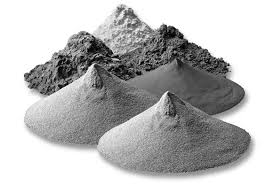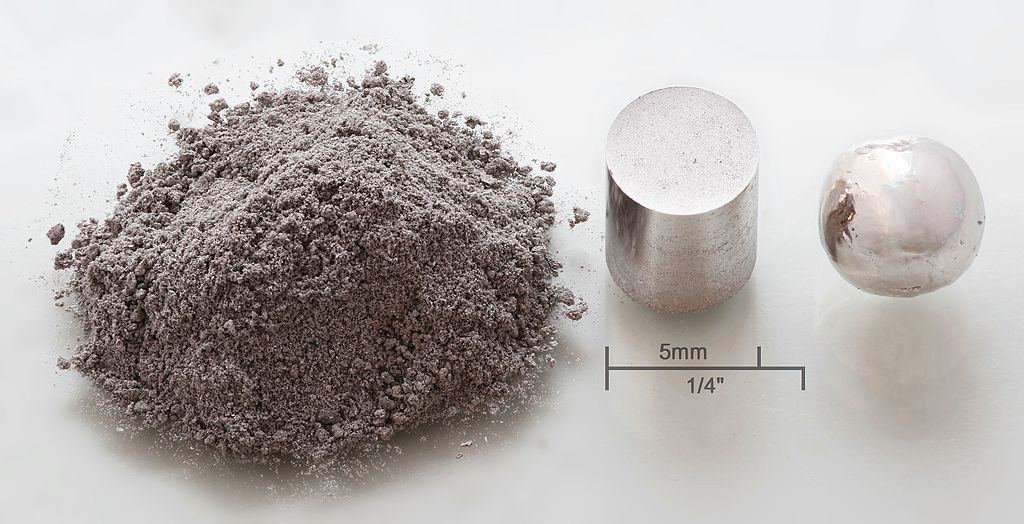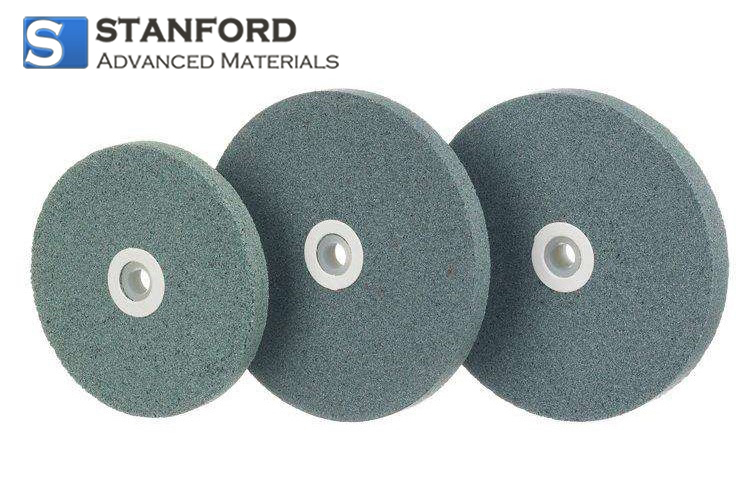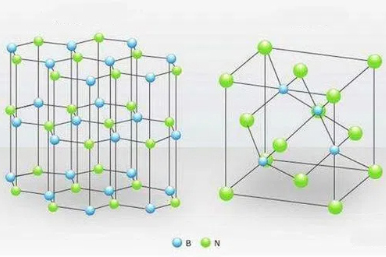An Overview Of The Metal Powder
Definition
Metal powder comprises metal particles under 1 mm in size. It includes individual metal powders, alloy powders, and certain refractory composite powders that exhibit metallic properties. It is the primary raw material for powder metallurgy.
History of Development
The production and use of metal powders have a long history. In ancient times, powders of gold, silver, copper, bronze and some oxides were used as coatings for pottery, jewellery and other items. At the beginning of the 20th century, the American W.D. Coolidge employed hydrogen reduction of tungsten oxide to produce tungsten powder for the production of tungsten wire; this marked the start of modern metal powder production. Consequently, copper, cobalt, nickel, iron, tungsten carbide and other powders were produced by chemical reduction methods, which enabled the development of early powder metallurgy products such as lubricated porous bearings, porous filters and hardmetals.
In the early 1930s, molten metal atomisation was introduced. It was initially applied to low-melting metals such as tin, lead and aluminium. In the early 1940s, a high-pressure air atomisation process for producing iron powder was developed. During the 1950s, high-pressure water atomisation was employed to produce alloyed steel and various alloy powders. In the 1960s, several atomisation techniques for highly alloyed powders were established, thereby advancing the production of high-performance powder metallurgy products. Since the 1970s, a variety of physical and chemical reaction processes in the gas and liquid phases have been developed to produce coating powders and ultrafine powders with specific applications.

Product Classification
Iron powder, zinc powder, silver powder, copper powder, nickel powder, selenium powder, aluminium powder, aluminium-silver powder, alloy powder, tungsten powder, molybdenum powder, cobalt powder, titanium dioxide powder, tantalum powder, tin powder, lead powder and other metal powders.
Main Characteristics
Metal powder is a loose material. Its properties reflect those of the base metal, individual particles and particle groups. Chemical properties relate to the metal content and levels of impurities. Physical properties include average particle size, particle size distribution, specific surface area, true density, particle shape, surface morphology and internal microstructure. Technological characteristics involve flow behaviour, apparent density, vibration density, compressibility, formability and changes in sinter size.
Production and processing methods largely determine powder properties. Standard test methods determine basic characteristics. These include sieve analysis (>44 μm), sedimentation analysis (0.5–100 μm), gas transmission methods and microscopy. Ultrafine powders (<0.5 μm) are measured by electron microscopy and small-angle X‑ray scattering. Metal powders are typically divided into five grades: coarse, medium, fine, superfine and ultrafine powders.

Processing Methods
Mechanical methods and physico-chemical methods are distinguished by their conversion principles. In these methods, solid, liquid and gaseous metals are refined directly. Metal compounds in different states are produced by reduction, pyrolysis and electrolysis. Carbides, nitrides, borides and silicides of refractory metals are produced by chemical synthesis or reduction chemical synthesis. Given that production methods differ, the form, structure and particle size of a given powder may vary substantially.
Production methods for metal powders include reduction, electrolysis, mechanical pulverisation, the carbonyl process and direct chemical processes.
Main Applications
* Iron powder is used in weld rods and flame cutting;
* Ultrafine aluminium powder is used in solid rocket propellants;
* Nickel, iron and cobalt powders are employed as catalysts;
* Magnetic powders, such as those from iron alloys, are utilised in couplings, belts and copiers;
* Aluminium, magnesium and iron powders serve as deoxidising agents, chemical reagents, thermal metal reducers and replacements; aluminium, copper and other powders are used for surface colouring, decoration, pigments and paints;
* Iron and copper powders are applied in the electrochemical deposition of metals.

 Bars
Bars
 Beads & Spheres
Beads & Spheres
 Bolts & Nuts
Bolts & Nuts
 Crucibles
Crucibles
 Discs
Discs
 Fibers & Fabrics
Fibers & Fabrics
 Films
Films
 Flake
Flake
 Foams
Foams
 Foil
Foil
 Granules
Granules
 Honeycombs
Honeycombs
 Ink
Ink
 Laminate
Laminate
 Lumps
Lumps
 Meshes
Meshes
 Metallised Film
Metallised Film
 Plate
Plate
 Powders
Powders
 Rod
Rod
 Sheets
Sheets
 Single Crystals
Single Crystals
 Sputtering Target
Sputtering Target
 Tubes
Tubes
 Washer
Washer
 Wires
Wires
 Converters & Calculators
Converters & Calculators
 Write for Us
Write for Us



 Chin Trento
Chin Trento



